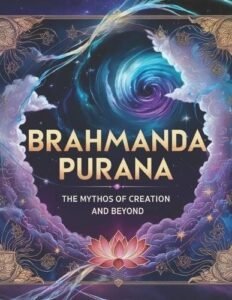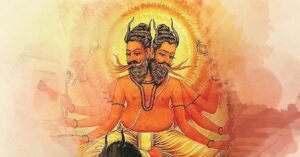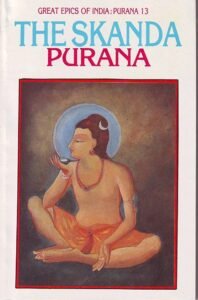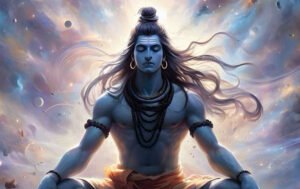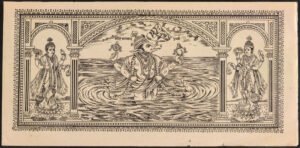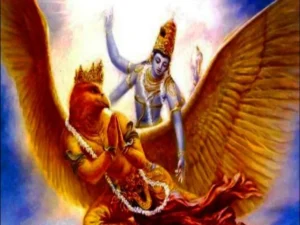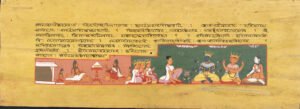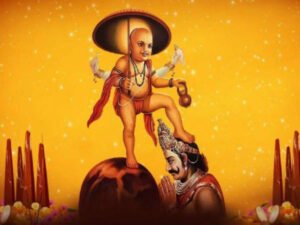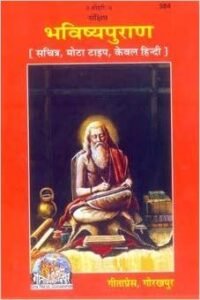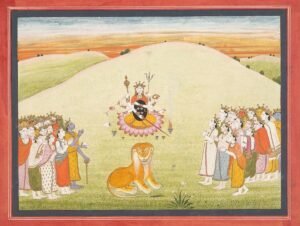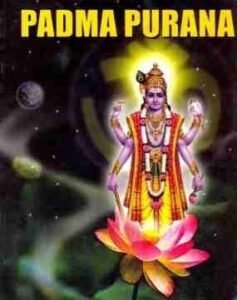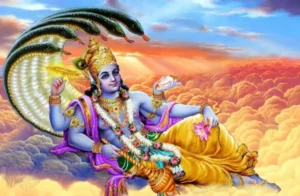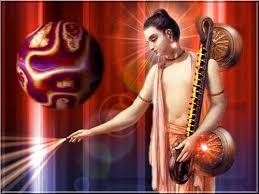Puranas
Puranas
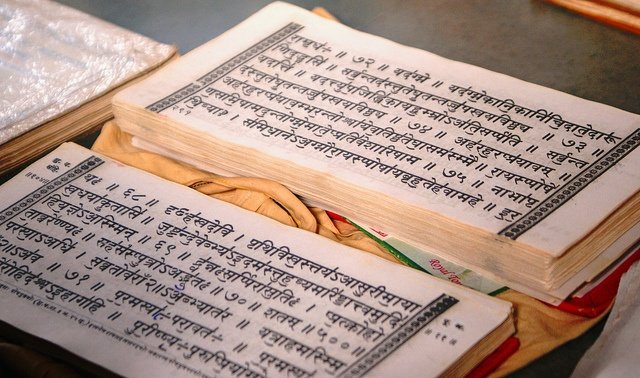
The Puranas – A Window into Hindu Wisdom
The Puranas are among the most significant treasures of ancient Indian literature, forming a vital part of Hindu religious and cultural heritage. Written primarily in Sanskrit, though later translated into many regional languages, they are encyclopedic texts that blend mythology, cosmology, genealogy, theology, ethics, and practical guidance. Unlike the Vedas, which are often seen as more philosophical and ritualistic, the Puranas were designed to make spiritual knowledge accessible to the common man through engaging stories and narratives. They are not merely books of myths but living traditions that preserve and transmit the wisdom, history, and values of Hinduism across generations.
Origin and Meaning
The word “Purana” comes from the Sanskrit root meaning “ancient” or “old.” Traditionally, the Puranas are said to be compiled by Maharishi Vyasa, the great sage who also authored the Mahabharata and divided the Vedas into four parts. The intent of the Puranas was to simplify complex Vedic knowledge and communicate it through stories and parables. While the exact date of their composition is debated, scholars believe that the Puranas were composed and expanded between 300 CE and 1500 CE, with many parts being orally transmitted for centuries before being written down.
Each Purana has its unique focus. For example, the Bhagavata Purana emphasizes devotion (bhakti) to Lord Vishnu and his incarnations like Krishna, while the Shiva Purana glorifies Lord Shiva, and the Devi Purana portions highlight the Divine Mother.
Philosophical and Devotional Value
The Puranas played a crucial role in spreading the values of Bhakti (devotion). By narrating the lives of divine incarnations such as Rama, Krishna, and Narasimha, the Puranas brought the idea of a personal God closer to the hearts of people. Unlike the Vedas, which were often restricted to scholars and priests, the Puranas were available to all sections of society. This democratization of knowledge helped unify the cultural and spiritual life of India.
Philosophically, the Puranas teach about the cyclical nature of time, karma, dharma, and moksha. They convey that the universe is not a one-time creation but goes through endless cycles of birth, destruction, and renewal. This idea mirrors the Hindu understanding of eternity and impermanence.
Mythology and Stories
One of the greatest appeals of the Puranas is their rich collection of mythological stories. Tales of cosmic creation, battles between gods and demons, the exploits of incarnations of Vishnu, the penances of sages, and the compassion of divine beings fill the pages of these texts. Stories such as the churning of the ocean (Samudra Manthan), the ten avatars of Vishnu (Dashavatara), the descent of the Ganga, and the victory of Goddess Durga over Mahishasura are widely known and celebrated in Indian culture. These stories are not only entertaining but also deeply symbolic, conveying moral and spiritual truths in imaginative forms.
Cultural and Social Role
The Puranas are more than religious texts—they are cultural encyclopedias. They preserve details about geography, medicine, astronomy, architecture, rituals, festivals, and social customs of ancient India. Many Hindu festivals, including Navratri, Janmashtami, Shivaratri, and Diwali, derive their significance and narratives from the Puranas. Pilgrimage sites across India, from the Ganga river to holy shrines like Varanasi, Rameswaram, and Puri, are glorified in these texts, which continue to guide millions of devotees in their spiritual journeys.
Influence on Arts and Literature
The Puranas have had a profound influence on Indian art, music, dance, and literature. Temple sculptures often depict scenes from the Puranic stories, and classical dance forms like Bharatanatyam, Odissi, and Kathak draw heavily on Puranic themes. The stories of Krishna, Shiva, and Durga narrated in the Puranas continue to inspire devotional songs (bhajans), epics, dramas, and modern works of literature and cinema.
Preservation of Dharma
Another vital role of the Puranas is their emphasis on dharma, or righteous living. By illustrating the rewards of virtuous deeds and the consequences of sinful actions through stories, the Puranas provide a moral compass for society. They stress the importance of truth, compassion, charity, non-violence, and devotion. At the same time, they offer practical guidance on rituals, household duties, and community life, ensuring that spiritual values are integrated with everyday living.
Timeless Relevance
Even in modern times, the Puranas retain their relevance. They continue to be recited in temples, during festivals, and in households across India. The Bhagavata Purana’s teachings on love and devotion appeal to seekers of all ages. The Garuda Purana’s reflections on death and the afterlife provide comfort and guidance in times of loss. The stories of Durga’s victory over evil symbolize hope and courage in the face of challenges. Thus, the Puranas continue to bridge the gap between the spiritual and the worldly, offering wisdom that is timeless.
Conclusion
The Puranas are not merely ancient texts; they are living traditions that weave together spirituality, morality, history, culture, and devotion. Through their captivating stories, they make profound truths accessible to all. They remind humanity of the eternal cycles of life, the importance of righteousness, and the ever-present grace of the Divine. By glorifying gods and goddesses, narrating the deeds of sages and kings, and guiding devotees on the path of dharma, the Puranas remain a cornerstone of Hindu thought and culture. They are, in essence, mirrors of India’s timeless spiritual wisdom, carrying forward the light of the Vedas in a form that touches the hearts of people across ages.
















































